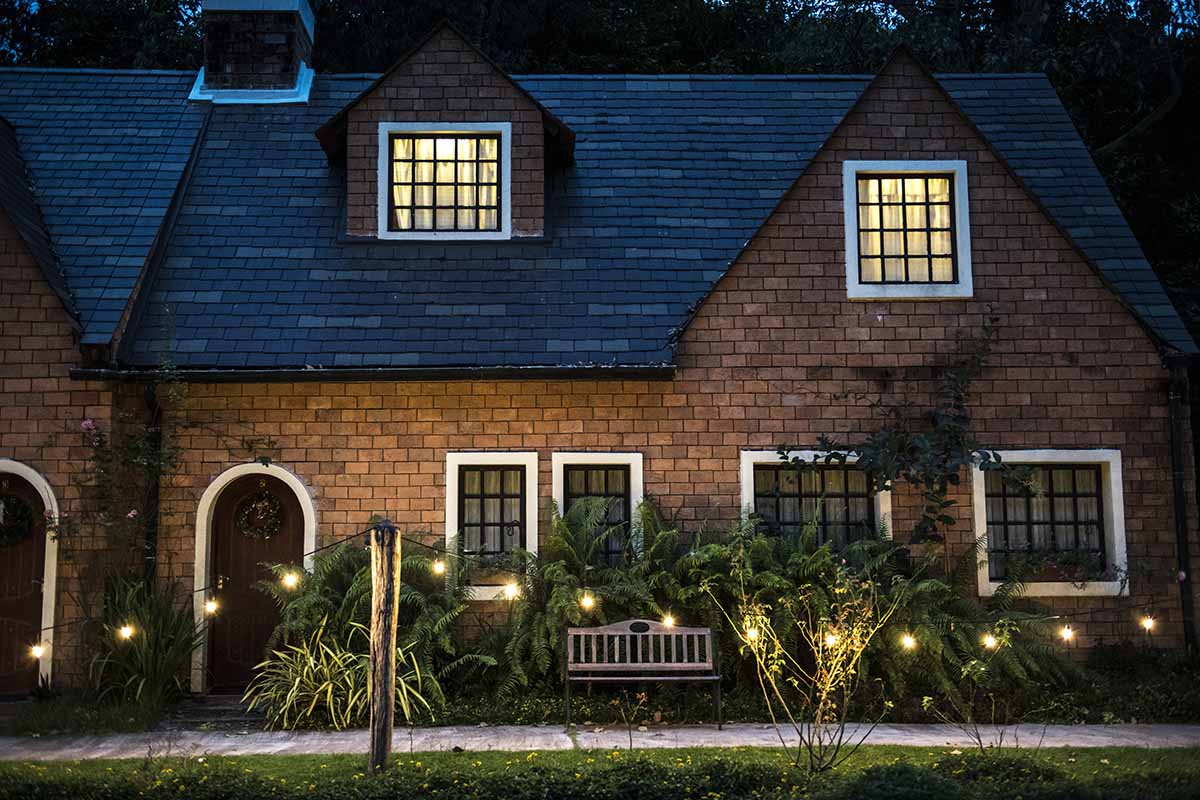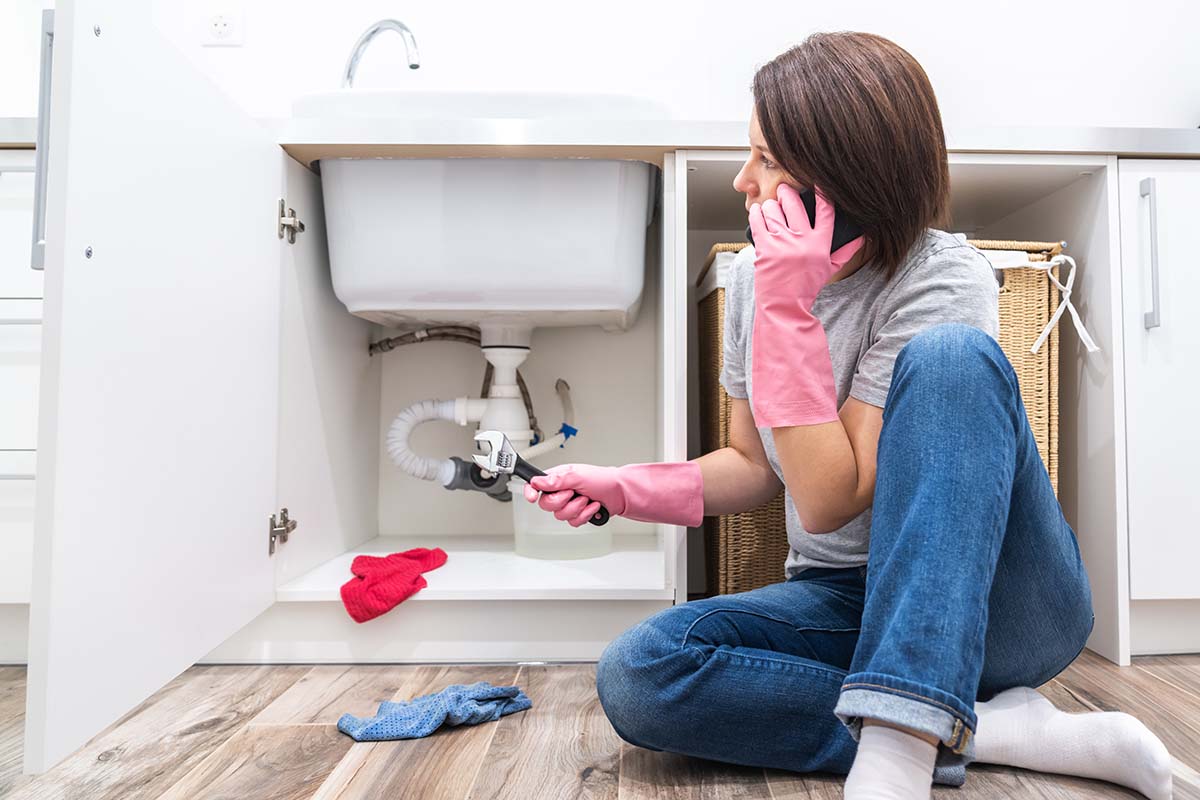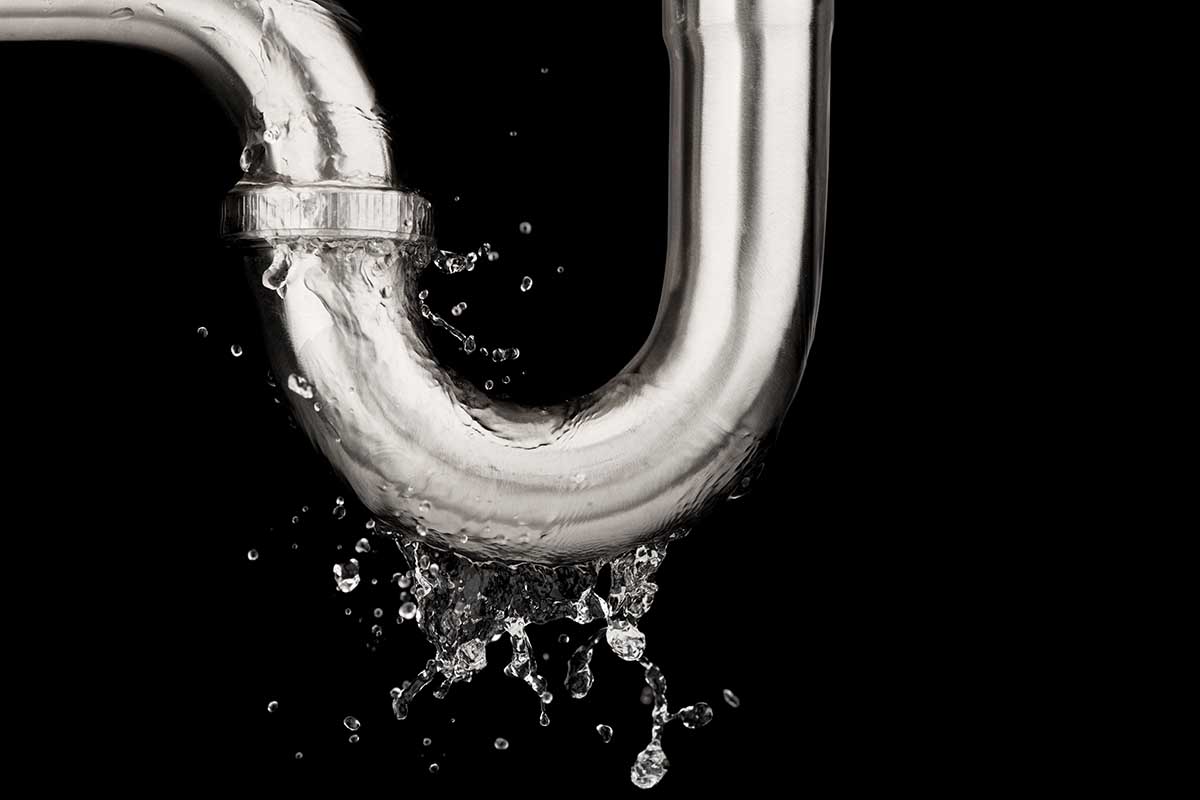Six Important Steps to Take After Water Damage Occurs in Your House
As a homeowner, one of the most devastating things you can experience is flooding and severe water damage.
Water damage in your home can develop from several instances, including broken pipes, leaking appliances, flooded basements, and sewer backups.
Any type of water damage can be tragic for the homeowner and must be dealt with as soon as possible by Bay area water damage experts, or water damage experts wherever your home is.
The biggest inconvenience of water damage is the carpeting, structural damage, furniture, and other household items that will need to be replaced.
Mold can develop as quickly as 24 hours. It is important whenever water damage is noticed and it is addressed promptly.
Contacting a familiar professional with water damage restoration is crucial to make sure your home is restored properly
. Water damage clean-up in Kennesaw can be completed easily with a dumpster rental service.
These next six steps will set a good foundation for the work that will have to be completed to live comfortably.
Step 1. Be Careful When Examining Home and Damage
During the original inspection of the water damage in your home, it is important to stay safe.
Any major home disaster can go from bad to worse easily, so it is important to keep yourself and your family safe.
Your house will likely be smelly wet, and your belongings could be scattered around- especially if you are dealing with flooding.
- Turn off your power
It is important that before going into your house, you make sure to turn off the power.
Electrocution is a huge risk when dealing with water damage within homes.
It is important to turn off the electricity immediately. If there is water where your power box is located, calling an electrician would be the best option.
If your home is flooded, it is important to never go into a flooded house unless the power is 100% off.
- Wear Waterproof or Protective Gear
Sitting water holds all types of bacteria. It is important while you’re assessing the damage to wear protective shoes and gloves. Waterproof clothing will protect you from both bacteria and injury.
Do not slip and fall because you are unprepared for the job ahead of you.
- Steps to Take After Water Damage – Protect Your Valuable Furniture, Keepsakes, and Other Items
When dealing with a leak, flooding, or other kinds of water damage, you may want to prevent further damage to your valuable items by moving them out of the damaged area.
Anything on a flooded floor should be put up or moved away from the water, as long as it can be done safely.
If you are forced to leave your house during the flooding period, make sure it is safe to return.
There is no point in risking your safety by driving through flooded streets to come back to a home that is also unsafe.
Step 2. Start Water Damage Repair Promptly
If you can, it is important to get started on your water damage restoration immediately.
As soon as you’ve been able to reenter your home, it would help if you started cleaning up within 24-48 hours. You do not want to deal with mold and mildew throughout your home.
If your home has significant damage, it may be too much work for anyone or family to take care of themselves.
Getting help from a water damage clean-up company in Kennesaw is recommended.
One of the first things to do is call your insurance company. Many damage restoration companies will contact your homeowner’s insurance company for you.
This will get the ball rolling with having an insurance adjuster come out to assess all the damage and to figure out if your insurance options cover the loss.
The first area to tackle would-be drying everything out, and if you are doing this yourself, make sure you are wearing that protective clothing.
Waterproof boots will be helpful at this point. Anything that can be saved, put aside, and have a good amount to throw out, both unsafe and too damaged.
There will be a good amount of damaged items to remove. Insulation, flooring, and drywall can all hold mold/mildew that can spread throughout your home and cause more damage.
Many dumpster rental services will bring out a dumpster to your residence for you to put all of the damaged belongings in. This will make your clean-up process easier.
Step 3: Drying Out Your Entire Home & Checking for Mold
Once most of the water is removed from your home (you will want to make sure you remove all the standing water), there will still be many items that are just soaking wet.
You can use buckets and tubs to help with this process. It will be a long one!
If your power is already restored at this stage, you should immediately put on your central a/c to remove any of the humidity that may still be in your home.
Any fans, dehumidifiers, and Air Movers will help you dry the wet areas still collecting in your house.
To avoid the mold and mildew problem, it will help to use a professional water damage cleanup crew.
It is important to get your entire home cleared from water as soon as possible. If you can get your house dried within 24 hours and completely dry within 3-4 days, the risk of mildew and mold is much lower.
It is important to start checking for mold within the first 24-48 hours.
If there is a serious mold and mildew problem from the water damage, it is important to seek professional help from Mold Remediation Services. Mold spreads quickly and can be a continued problem. This is expensive and not fun.
Step 4: Begin the Restoration Process
Flooding is by far the worst of a category of water damage. Flooring, walls, and many possessions can be damaged in flood.
If there is construction needed, it is best to hire professionals.
Water damage clean-up Kennesaw can save you the hassle of cleaning the debris alone, and you can hire a dumpster rental service to remove the unwanted waste easily.
Hiring professionals for the restoration process of water damage is the best way to make sure your home will be free of mildew and mold.
This will ease your mind so you can comfortably move back in, knowing your family is safe.
Step 5: Steps to take after water damage – move back home!
Once you have permission (usually) from your homeowner’s insurance and restoration company, it is finally time to move back into your home.
It has been a long journey from the time the water damage occurred to this point, but hopefully, the steps in this article can guide you in the right direction for your water damage restoration journey.






















